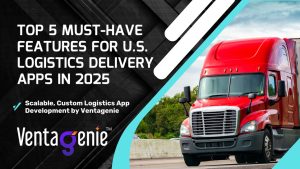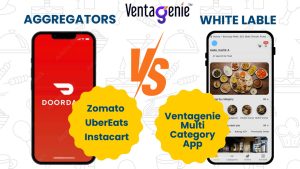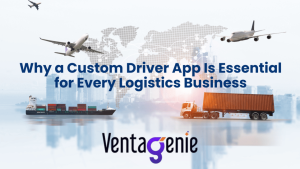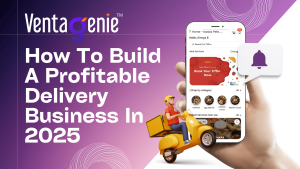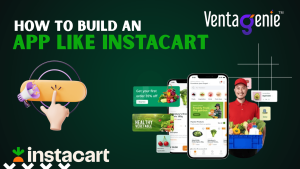From Concept to Launch: A Step-by-Step Guide to Developing Your Own Delivery App
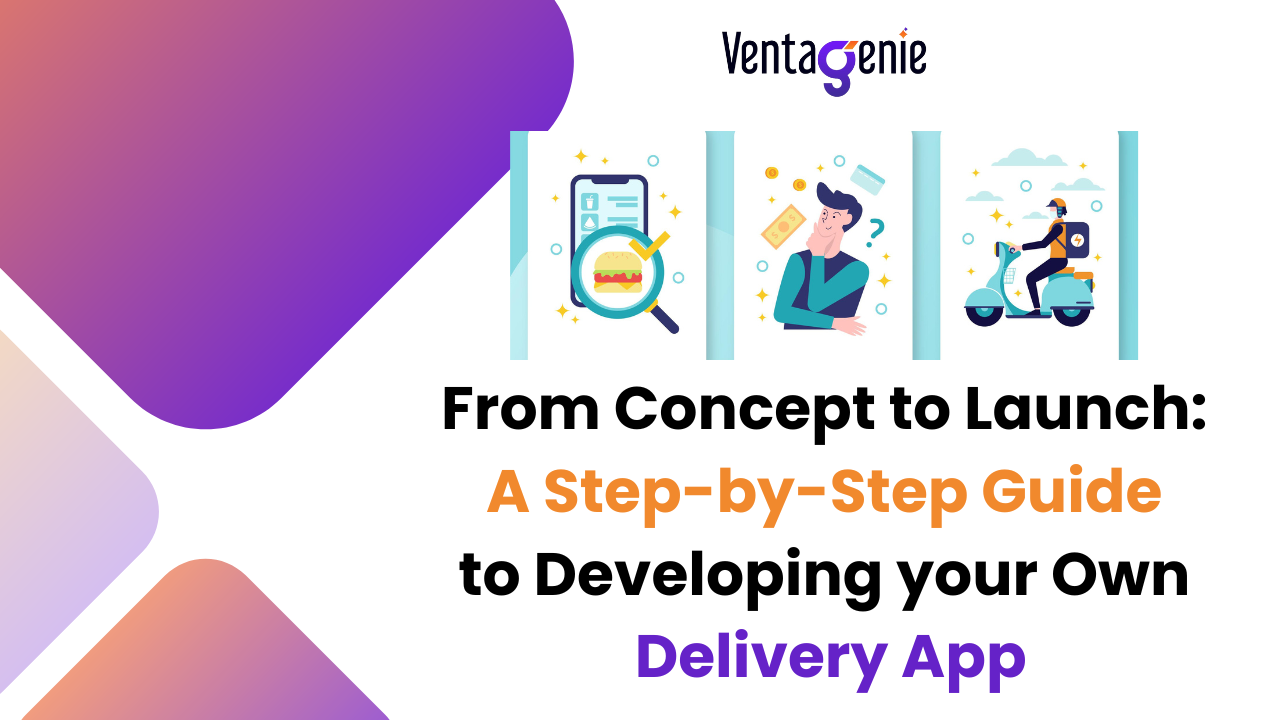
What is a Delivery App?
In today’s digital industry, knowing how to construct one is crucial. An application for smartphones or the internet that lets users order products or services and have them delivered to their location is called a delivery app. From food delivery services like UberEats and grocery delivery services like Instacart, to a variety of products from nearby retailers, these apps usually offer a range of possibilities. They function by simplifying the ordering, payment, and delivery processes within the app’s user interface. Delivery apps have become indispensable in the convenience-driven market, as they allow users to explore menus, choose things, and track deliveries in real time with only a few clicks.
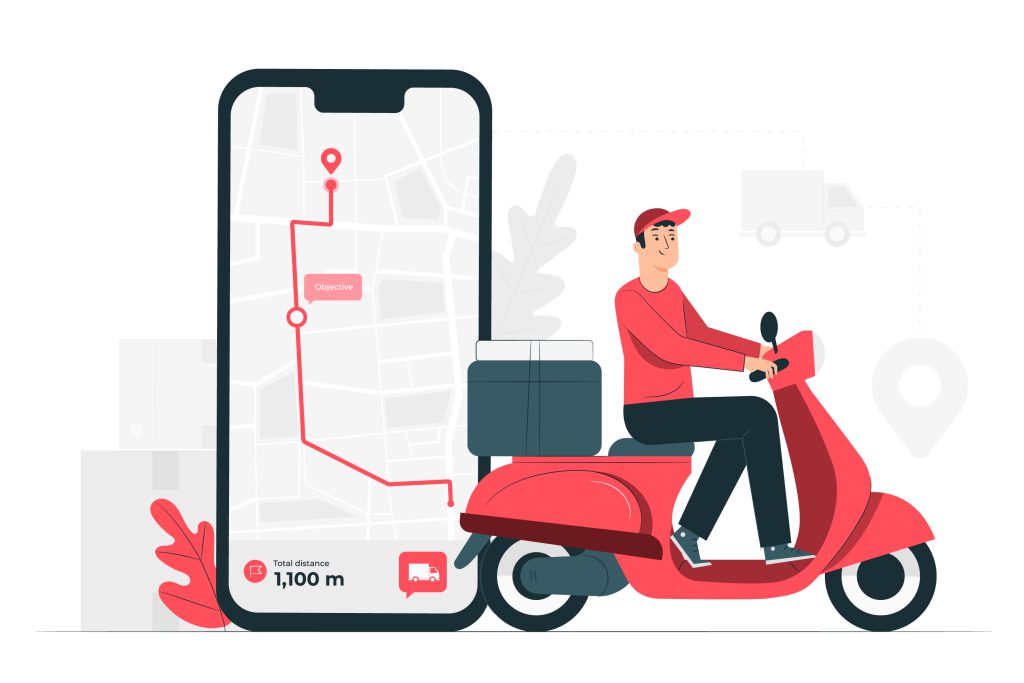
How Does a Delivery App Work?
The first step to developing a successful delivery app is to understand how a delivery app works. A delivery app serves as a conduit between patrons and eateries, grocers, and other retail establishments. It’s very simple, after installing the app and creating an account, you may search for and pick the foods or products you desire. The app alerts a local delivery person to pick up and deliver your purchase to your door once you place it. With real-time tracking, you can keep an eye on the status of your order and be informed of when to expect delivery. Additionally, payment is managed through the app, so you can pay for your item and wait for its arrival at your doorstep.
Within the rapidly evolving on-demand services industry, delivery apps have become indispensable resources for companies trying to adapt to the changing demands of their clientele. Whether you own a grocery shop, restaurant, or are an entrepreneur with a distinctive product to sell, creating your own delivery app can lead to new opportunities for business development and client interaction. We’ll walk you through every step of creating your own delivery app in this in-depth tutorial, from conception to launch, and offer you helpful advice and insights along the way.
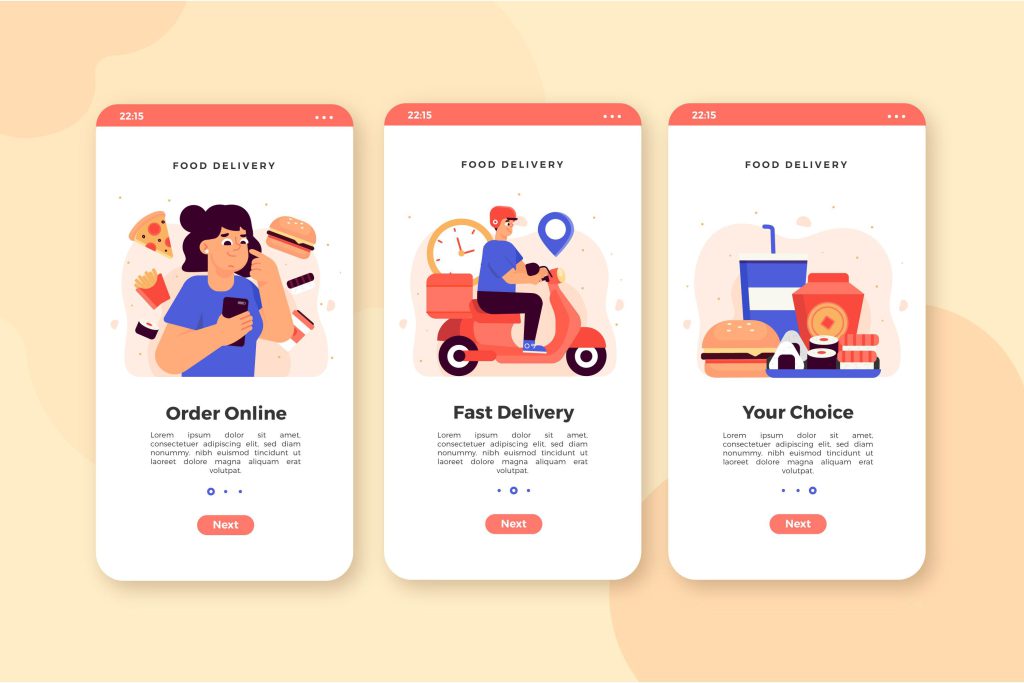
Step 1: Define Your Objectives and Target Audience
It is imperative to establish precise objectives and pinpoint your target audience prior to commencing the development process. With your delivery app, what issue are you resolving? Which clients are ideal for you? Study consumer preferences, rival products, and industry trends by conducting market research. With the help of this data, you can improve the idea for your app and create a compelling value proposition that appeals to your intended market.
Step 2: Conduct Thorough Planning and Research
It’s time to start your app development adventure with careful planning and research after you’ve determined your goals and target market. Describe the features and functionalities of your app, keeping in mind the requirements of your intended user base as well as the skills of your development team. Construct wireframes and prototypes to help stakeholders see the user experience and provide input. Look at possible frameworks, tools, and technology stacks that fit the needs and budget of your app.
Step 3: Design an Intuitive User Interface
In order to guarantee a satisfactory user experience and increase engagement with your delivery app, a smooth and user-friendly design is crucial. To develop an aesthetically pleasing, user-friendly interface that complements your brand identity, collaborate with skilled designers. A unified and user-friendly design can be achieved by paying attention to elements like font, color scheme, and iconography. Before proceeding with development, conduct usability testing to find any difficulties related to usability and make the necessary improvements.
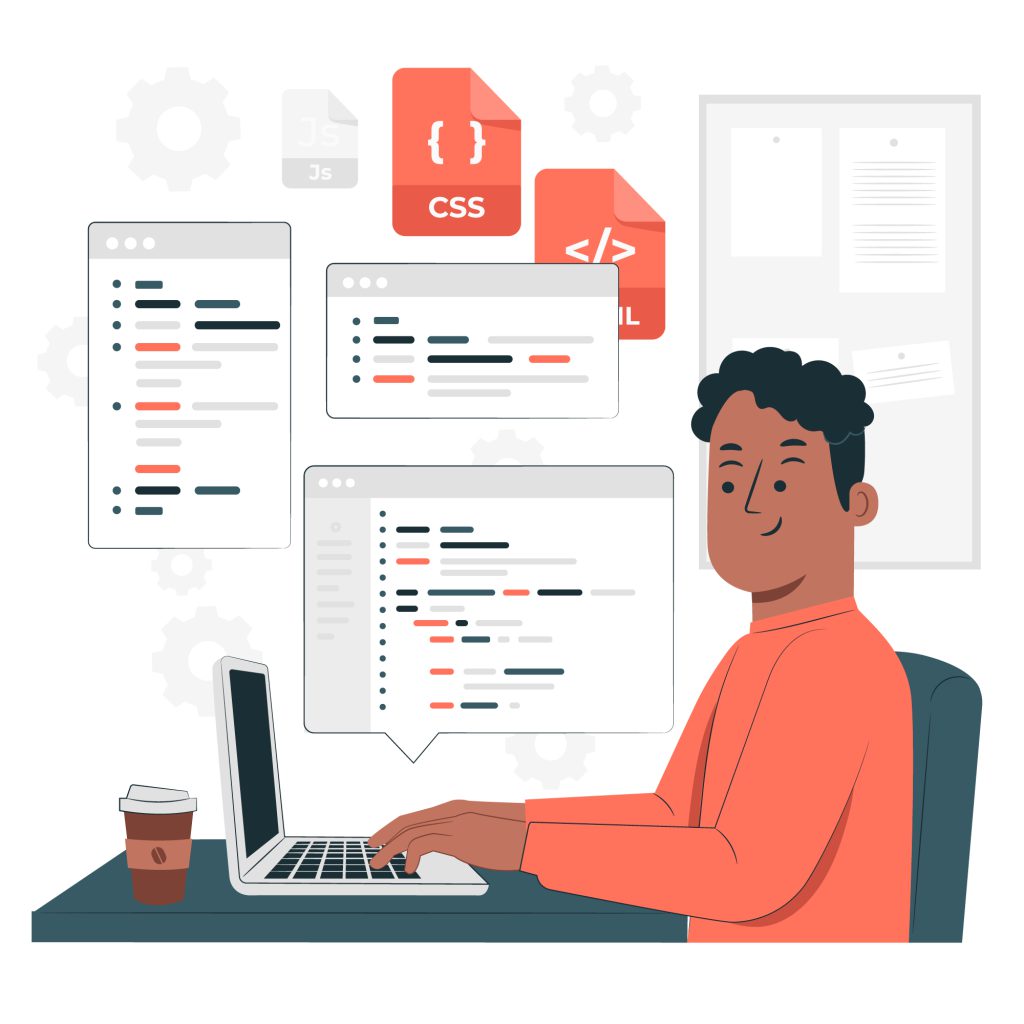
Step 4: Develop the Backend Infrastructure
Developing the backend architecture that will power your delivery app is now possible that the design process is over. To meet the needs of your app, including order processing, data management, and user identification, select a backend technology stack that is both scalable and reliable. While choosing your backend solutions, keep things like developer experience, security, and scalability in mind. Make sure the backend infrastructure is scalable, dependable, and performance-optimized by collaborating closely with your development team.
Step 5: Build the Frontend User Experience
The frontend user experience of your delivery app should be your primary emphasis after the backend infrastructure is established. To build interactive, responsive user interfaces that offer a consistent experience across platforms and devices, make use of contemporary frontend frameworks and technologies. A seamless and pleasurable user experience may be ensured by paying attention to elements like page load times, navigation flow, and error handling. To find compatibility problems and make the required changes, test your app across a range of devices and screen sizes.
Step 6: Integrate Third-Party Services and APIs
Think about integrating third-party services and APIs that offer more features and capabilities to your delivery app to improve its functionality. Push notification platforms, mapping services, and payment gateways are a few examples of third-party services you could want to integrate. Select respectable and trustworthy service providers with comprehensive developer documentation and robust APIs. To guarantee the smooth integration of third-party services into your delivery app, collaborate closely with your development team.
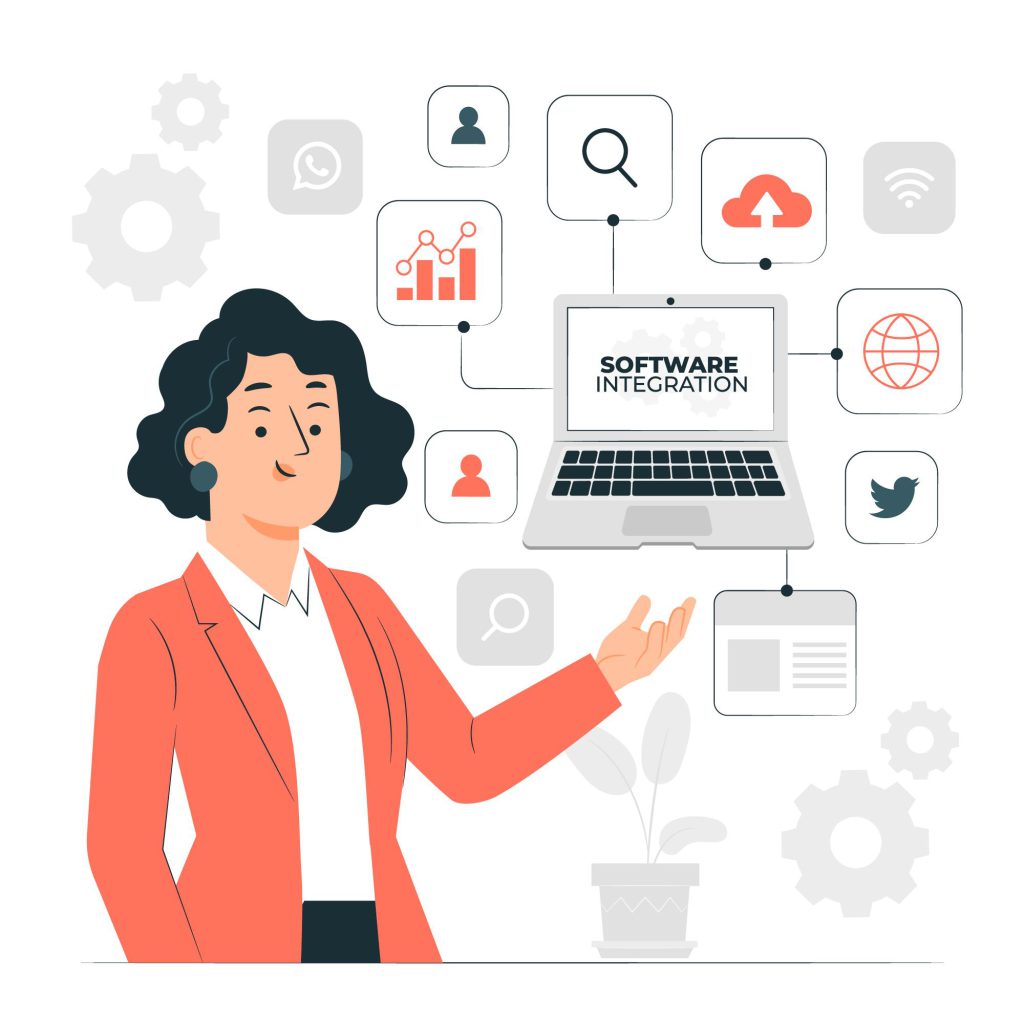
Step 7: Test and Iterate
It’s important to fully test your delivery app now that the development phase is over in order to find and address any faults or difficulties before launch. To guarantee compatibility and performance, thoroughly test across a variety of devices, operating systems, and network configurations. To find any usability problems, security flaws, or performance snags, employ both automated testing tools and manual testing methods. Prior to release, get input from stakeholders and beta testers to help you iterate and enhance your program.
Step 8: Launch and Market Your App
When your app is ready to be released and testing is finished, it’s time to get ready for launch day. Create a thorough launch plan that includes influencer collaborations, social media marketing, app store optimization, and advertising efforts. Convey the salient features and advantages of your delivery app in your promotional materials and app store listings. Boost the anticipation for the launch of your app by utilizing social media platforms and online forums. Pay careful attention to user reviews and app store ratings, and address any problems or concerns brought up by consumers as soon as possible.
Step 9: Support and Maintain Your App
For your app to be successful once it is out, you must continue to support and maintain it. Keep a close eye on user feedback and app performance, and respond quickly to any problems or issues that crop up. Update your software frequently to add new features, enhancements, and bug fixes to keep users interested and engaged. Keep up with market developments and new technological advancements, and be ready to modify and improve your app in order to stay one step ahead of the competition. You may cultivate a devoted user base and ensure the long-term success of your delivery app by offering first-rate assistance and upholding a superior app experience.

Conclusion:
Developing your own delivery app may be a lucrative and satisfying project that gives you the chance to expand your clientele, increase revenue, and set yourself apart from rival companies. You may confidently overcome the challenges of app development and realize your vision for a successful delivery app by adhering to the step-by-step approach provided in this article and making use of the insights and best practices discussed. Whether you are a seasoned business owner or a novice app developer, the secret to success is thorough planning, exact execution, and an unwavering commitment to providing value to your clients. You can develop delivery software that thrills users, produces commercial outcomes, and has a significant impact on the growth of your business and it’s brand identity.
